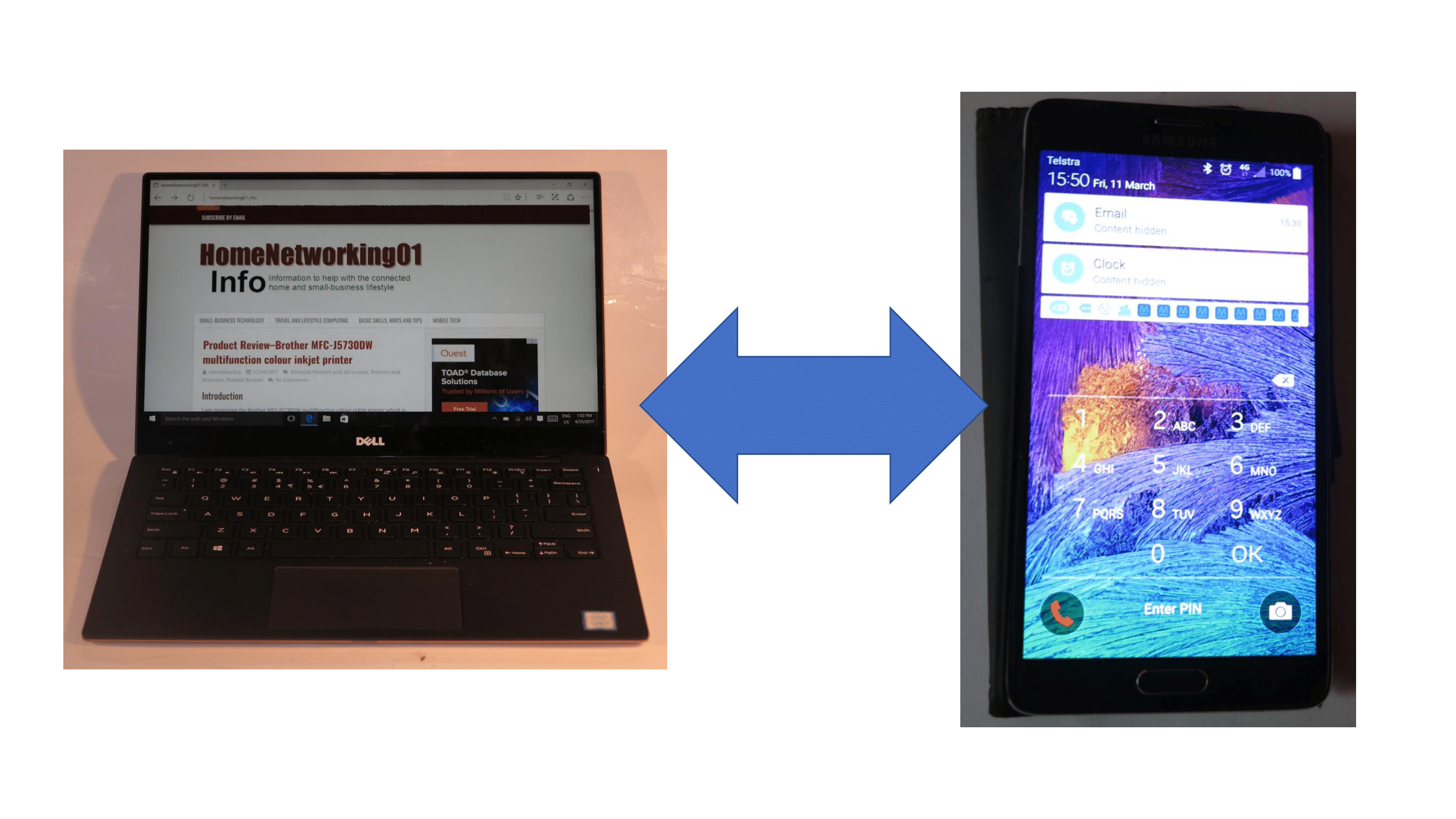Article
Feros Care plugs into Google Assistant to boost seniors’ independence | IT News]
My Comments
The technology industry is working on making themselves relevant to the “ageing-at-home” sector where senior citizens, including the ageing Baby Boomer population, can live in their own homes or in supported accommodation but preserve their own privacy and dignity. But the goal of improved dignity for these seniors includes using the technology that doesn’t look out of place in an ordinary home environment.
This system, ran by Feros Care, implements Google Assistant technology as a base platform and uses Google Home smart-speaker devices as a voice-driven interface with the client who the agency is looking after. It also facilitates visual display through the Android TV smart-TV platform and the Google Home Hub smart display.
This is facilitated through the development of Google Actions and DialogFlow natural-language processing with some custom application-programming-interface (API) software “hooks” to work with the agency’s MyFeros IT portal. It provides the client access access to details about carer appoints, further assistance amongst other things while the MyFeros portal captures service-provider to client interactions.
It is more about allowing senior citizens who use this agency for assisted living to manage their experience with the agency themselves and maintain their independence.
The use of the Google Home / Assistant voice-interaction technology can work around situations where the senior has had a fall and cannot gain access to the phone to summon help. Similarly it works well when they are recovering in bed and don’t have a tablet or phone at their bedside. The Android TV / Home Hub smart-TV technology can be used to show up visual information like details of alternate carers who are “filling in” for a regular carer who is ill or on leave and cannot attend
Even smart-lock technology is coming in to play in order to allow staff who are rostered on to care for a particular client access to that client’s home for the duration of their shift. This is due to older people with limited mobility taking a long time to reach their front door to admit the carer in to their home. The smart-lock integration will also work in hand with “visit-verification” requirements that will be demanded within the home-based healthcare industry thanks to various health-insurance or public-healthcare requirements.
Feros Care underscores that the technology is not about staff efficiency and productivity by to serve the needs of their service’s end-users and protect their dignity and independence.
But what I like about this approach is that they aren’t reinventing the wheel in implementing this technology and having to implement new devices for their field of work. Rather they use common “horizontal-market” technology like Google-Home-compatible smart speakers and smart displays compliant with Google’s smart-display technologies – such equipment able to be purchased “off the shelf” at any consumer electronics outlet and blend in to an ordinary home.
I also see Feros Care in a position to offer the necessary software logic as a “white-label” solution for all sorts of home healthcare agencies, supported-housing facilities and the like who want to implement it in their client-carer IT-portal setups. But there will be issues like adapting to other consumer-focused voice-driven home assistant platforms like Alexa, along with making it work with the widest range of home-automation devices.
Here, it is about implementing whatever common home-networking technology as part of assisted-living simply through using software to provide this kind of integration.




